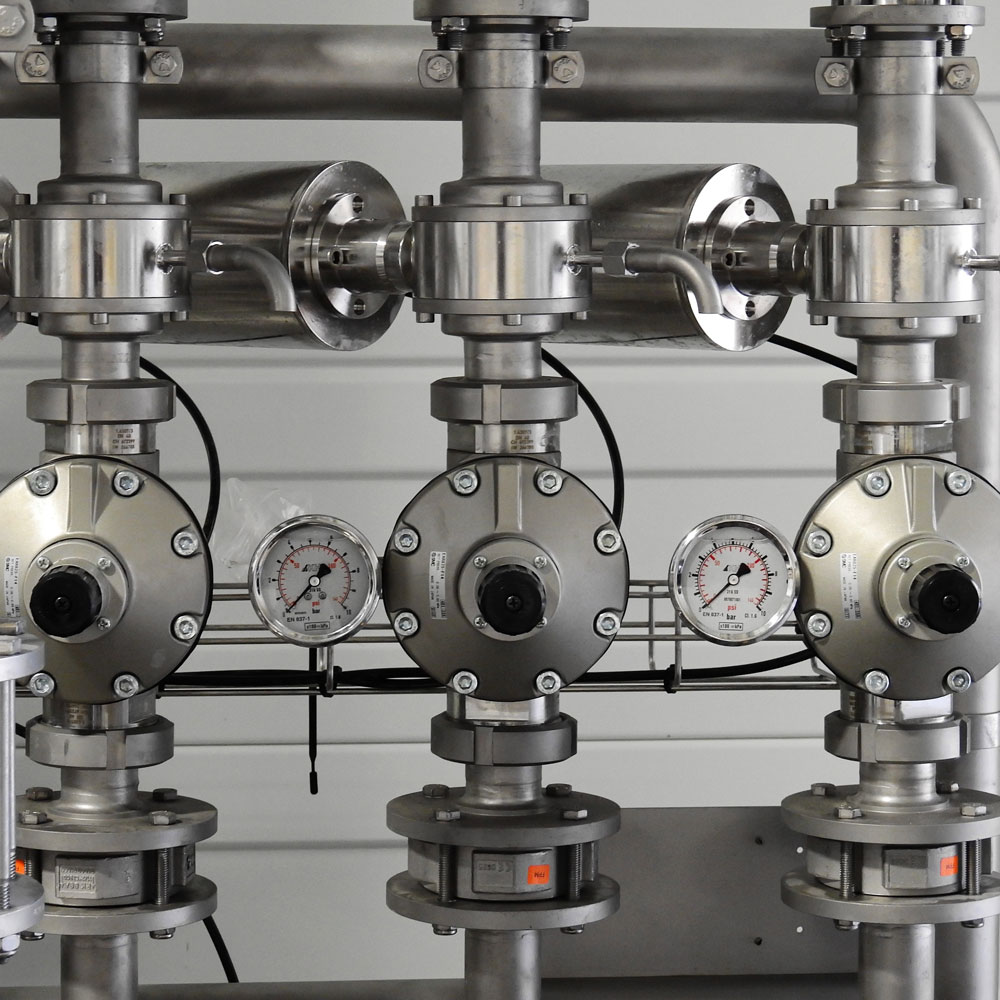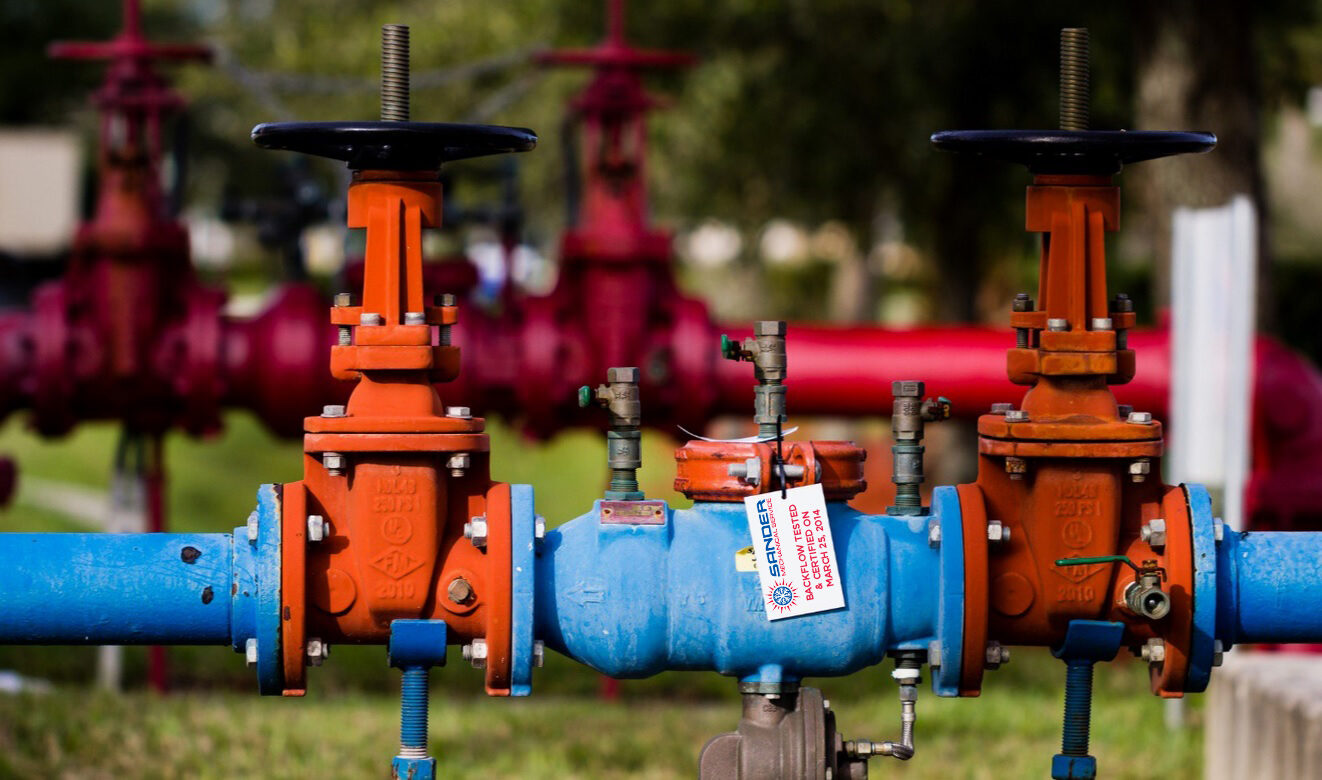Do I Carry out Backflow Testing on My Water?
Do I Carry out Backflow Testing on My Water?
Blog Article
The article down below on the subject of Is backflow testing necessary? is especially engaging. Check it out yourself and figure out what you think of it.

Yes, you need to backflow examination your house's water to make certain that the water is free of toxic substances and dangerous degrees of chemicals. As a result of the devices called for as well as area for error, you should not try to do backflow testing on your own. We recommend that you call a specialist plumber every number of years to test your water.
What is Backflow?
Simply put, heartburn is when water moves upwards-- the contrary instructions in the plumbing system. This is also referred to as "backpressure." When the water relocates this direction, it can blend with unsafe toxins as well as posture a threat.
What Causes Backflow?
A common cause of heartburn is a loss of water stress that causes the water to siphon back right into the water. An example is clearing out a paint pail utilizing a hose pipe. You fill the paint pail up with water, leaving the tube in the container. After a long time, there is a loss in water pressure and also the hose pipe starts to draw the water back right into the water supply. As you can imagine, there are now chemicals from the paint that are getting in the water supply, potentially posing a threat. Unfortunately, lots of people are not even aware of backflow screening, yet there are several reasons why it's so essential.
Backflow Testing is Called For by Regulation in Specific Cities
Relying on where you live, you could in fact be called for by regulation to backflow test your law. For example, Iowa City keeps a record of all residential or commercial properties served by the city's water supply. The city requires that specific "high-hazard" facilities undertake heartburn screening. In many cases, properties such as residences and apartment buildings are impacted.
You Can Prevent Backflow
If you have an expert plumber set up a heartburn tool, harmful backflow is quickly preventable. The plumber will certainly additionally test for backflow as well as figure out if there is an active hazard. The major function of a backflow device is to avoid water from flowing in reverse into your water system. Plumbing technicians set up the gadget on the pipelines in your residence to guarantee that the water just streams in the appropriate direction.
Heartburn Can Effect Both You and also Your City
Lots of cities establish backflow guidelines since harmful heartburn can influence the general public water along with a solitary structure. Fortunately, modern-day cities have backflow devices in place that secure the water that comes from the majority of houses as well as commercial buildings. The genuine threat comes from irrigation systems, which can damage the supply of water with toxic fertilizers, manure, as well as other chemicals.
Call a Plumber to Examine for Backflow Prior To It is Too Late
A plumbing company can promptly check your home's water to determine if there are any type of dangerous chemical levels. As well as if you do uncover that your water has high levels of contaminants, a plumber can easily set up a backflow avoidance tool.
Yes, you require to backflow test your residence's water supply to make sure that the water is free of toxins and dangerous levels of chemicals. A typical cause of backflow is a loss of water pressure that triggers the water to siphon back into the water supply. After some time, there is a loss in water stress and also the hose pipe starts to draw the water back into the water supply. The main objective of a heartburn gadget is to protect against water from moving backward right into your water supply. Numerous cities establish heartburn standards since hazardous heartburn can impact the public water supply in enhancement to a solitary structure.
WHY DOES BACKFLOW TESTING NEED TO BE DONE EVERY YEAR
What Is Backflow?
Toxic gas backing up into a building is one example of potential backflow issues, but backflow can occur in many other ways.
Backflow is generally referred to as the reversal of a liquid or gas in a plumbing system.
Most issues for the public occur with backflow resulting in contaminated drinking water. If you look up backflow issues online you’ll probably find references to “potable” water. That means drinking water.
There have been backflow issues in the past with drinking water. Chemicals, sewage and other contaminants have found their way into drinking water causing health issues for those that count on the fresh water.
What Causes Backflow?
In a residence or commercial building water generally flows one way. This normal flow is usually driven by consistent pressure in the water and waste system.
Anything that changes the normal pressure in the system can lead to backflow.
Fire hydrant use or malfunction can reverse the normal pressure in the system on a city line, but backflow can occur in a number of different ways.
Sometimes backpressure might be caused by someone using a garden hose and submerging the end of the hose in a pool of liquid. If pressure is lost the flow could reverse and contaminants could be released into the drinking water.
Anytime there is a connection between contaminants and the drinking water there is potential for a backflow issue. Sometimes these connections are not immediately obvious like the garden hose connecting to a building’s drinking water supply.
Backflow Regulations
The Environmental Protection Agency (EPA) provides guidelines and regulations for state and local governments regarding backflow. State and local governments also have their own guidelines and regulations for backflow prevention.
Arizona has its own backflow regulations.
Due to issues with backflow in the past, regulations require backflow preventer devices to be used in nearly all residential and commercial buildings.
A backflow preventer is a device that prevents backflow as cross-connection points where potential backflow issues may occur.
While backflow is not a common occurrence, preventers are in place to make sure there is no contamination should something malfunction or go wrong with a building’s water supply.

We are very interested in Is backflow testing necessary? and I am assuming you appreciated my blog post. Are you aware of another person who is intrigued by the niche? Why not share it. I am grateful for your time. Kindly visit our blog back soon.
Click Here
Report this page